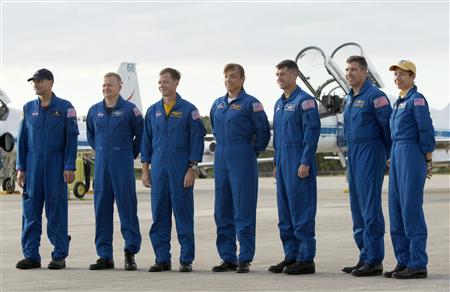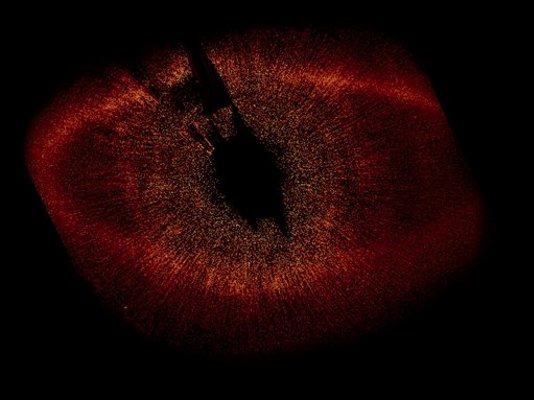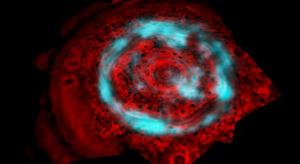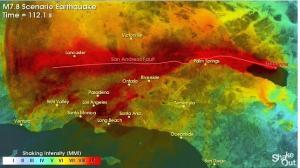Amsterdam - A hobbyist with a metal detector struck both gold and silver when he uncovered an important cache of ancient Celtic coins in a cornfield in the southern Dutch city of Maastricht.
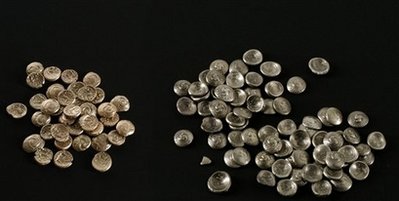
© AP Photo/ VU/Gemeente Maastricht, HO A hobbyist with a metal detector has found a cache of ancient Celtic and Germanic coins in a cornfield in the southern city of Maastricht. The city says the trove of 39 gold and 70 silver coins are dated to the middle of the first century B.C. The hobbyist, Paul Curfs, 47, found several coins this spring and called attention to the find, which eventually led to an archaeological investigation by Amsterdam's Free University.
"It's exciting, like a little boy's dream," Paul Curfs, 47, said Thursday after the spectacular find was made public.
Archaeologists say the trove of 39 gold and 70 silver coins was minted in the middle of the first century B.C. as the future Roman ruler Julius Caesar led a campaign against Celtic tribes in the area.
Curfs said he was walking with his detector this spring and was about to go home when he suddenly got a strong signal on his earphones and uncovered the first coin.
"It was golden and had a little horse on it - I had no idea what I had found," he said.
After posting a photo of the coin on a Web forum, he was told it was a rare find. The following day he went back and found another coin.
